
Benjamin Sachs is the Kestnbaum Professor of Labor and Industry at Harvard Law School and a leading expert in the field of labor law and labor relations. He is also faculty director of the Center for Labor and a Just Economy. Professor Sachs teaches courses in labor law, employment law, and law and social change, and his writing focuses on union organizing and unions in American politics. Prior to joining the Harvard faculty in 2008, Professor Sachs was the Joseph Goldstein Fellow at Yale Law School. From 2002-2006, he served as Assistant General Counsel of the Service Employees International Union (SEIU) in Washington, D.C. Professor Sachs graduated from Yale Law School in 1998, and served as a judicial law clerk to the Honorable Stephen Reinhardt of the United States Court of Appeals for the Ninth Circuit. His writing has appeared in the Harvard Law Review, the Yale Law Journal, the Columbia Law Review, the New York Times and elsewhere. Professor Sachs received the Yale Law School teaching award in 2007 and in 2013 received the Sacks-Freund Award for Teaching Excellence at Harvard Law School. He can be reached at [email protected].
The Biden Board issued one of its most consequential holdings when it decided, in Amazon.com Services LLC, that captive audience meetings are an unfair labor practice. Otto has an explainer that reviews the decision in detail. Here I want to say a few words about how the Board’s decision interacts with the recent spate of state laws that also ban captive audience meetings. The most immediate effect is also the most obvious: because there is now a definitive holding from the Board that captive audience meetings are prohibited by section 8 of the NLRA, states are preempted from imposing legislative bans on the meetings (at least with respect to meetings dedicated to questions of union organizing; the NLRA does not prohibit states from banning other kinds of captive audience meetings).
Of course, it is for the moment irrelevant that states may not ban captive audience meetings because the Board has banned them as a matter of federal law. What may matter more, even in the short run, is the fact that states are now precluded from making remedies (including injunctive relief and damages) available to workers who – despite the ban – are required to attend such meetings. Under the Supreme Court’s holding in Gould, the only remedies available for violation of the NLRB’s ban on captive audience meetings are the remedies that the Board imposes.
The next question, though, is what happens to the state law bans on captives if (as is to be expected) the Trump II Board reverses Amazon.com Services. That will depend to some extent on the reasoning that the Trump II Board uses, but let’s assume that the Board holds captive audience meetings to be employer speech and that, as speech, the meetings are protected by section 8(c). The question then will become whether an NLRB holding that captives are protected by 8(c) preempts states from banning them. The answer under Garmon is complicated. Garmon preempts state action with respect to conduct that’s protected by section 7 or prohibited by section 8, not – by its terms – conduct that’s “protected” by section 8. But the answer under Machinists is probably clearer. In Chamber of Commerce v. Brown the Supreme Court held that speech within the ambit of 8(c) is speech that Congress intended to leave to the free play of market forces. Should the Trump II Board hold that captive audience meetings come within the ambit of 8(c) that would seem to place state captive audience bans within the ambit of Brown.
But all hope is not lost. For reasons the Amazon Services Board explains well (and that Otto will review), a holding that 8(c) protects captive audience meetings is manifestly flawed. Section 8(c) insulates the “expressing” or “disseminating” of “views, argument, or opinion” (whether in “written, printed, graphic, or visual form”) when such expression of views contains no threat of reprisal or force. It is really hard to see how a captive audience meeting itself – as distinct from the views expressed or disseminated at such a meeting – is protected by the language of 8(c). Mandating that employees attend a meeting, and backing that mandate with the threat of discipline or discharge, is simply not noncoercive speech; indeed, it is neither noncoercive nor speech. Given this, and given the standard of review (whatever that ends up being) that Loper Bright requires, there is reason to hope that the courts of appeals won’t endorse a Board rule that 8(c) protects captive audience meetings.
So then the case goes back to the Trump II Board with a holding from the court of appeals that captive audience meetings are not protected by 8(c). The Trump II Board can then either hold that the meetings are prohibited by section 8 , in which case they’ll be unlawful as a matter of federal labor law, or that they’re not prohibited by section 8. But should the Trump II Board hold, as it will be inclined to do, that captives are not prohibited by section 8, then the argument that states are preempted from banning the meetings becomes far more tenuous. There’s no Garmon preemption: the meetings have been held not to be prohibited by section 8 and they’re certainly not protected by section 7. And the best argument for Machinists preemption – that the meetings are within the ambit of 8(c) and thus activity that Congress wanted to leave unregulated – would already have been rejected by the court of appeals.
It’s a winding road, but the plausible end point is a Board rule that captives are neither protected nor prohibited, and also that captives are not speech that Congress intended to be left to the free play of market forces. Thus giving rise to a preemption rule that states have discretion to ban the meetings.
That leaves us with one very practical upshot: despite Amazon Services, states should leave their captive audience bans on the books! There’s a quite plausible scenario in which the bans come back into effect down the road.

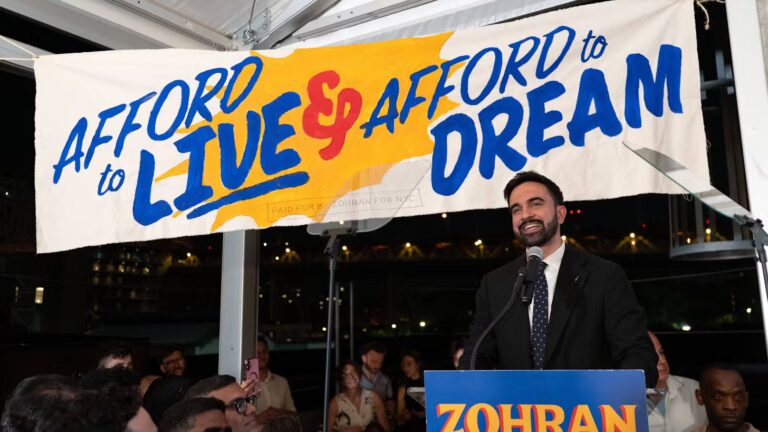
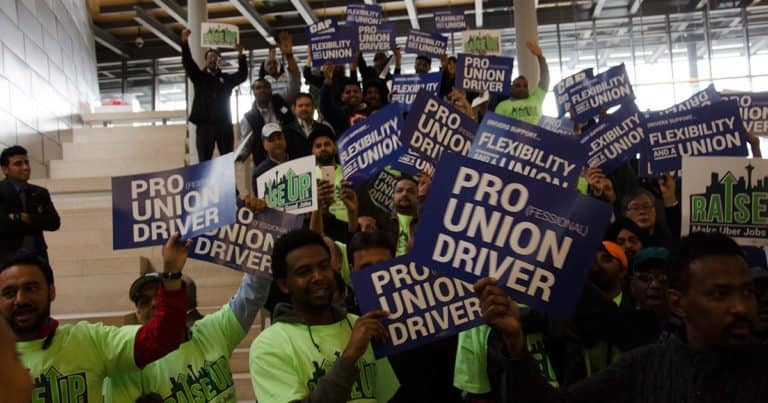
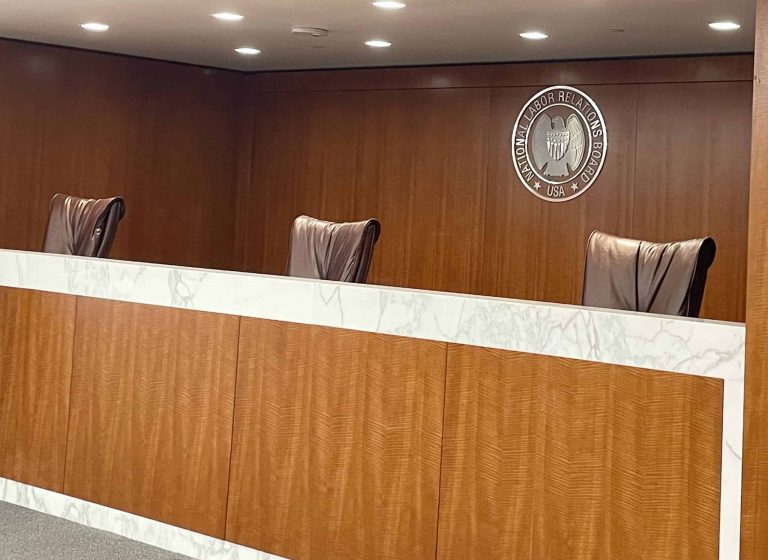


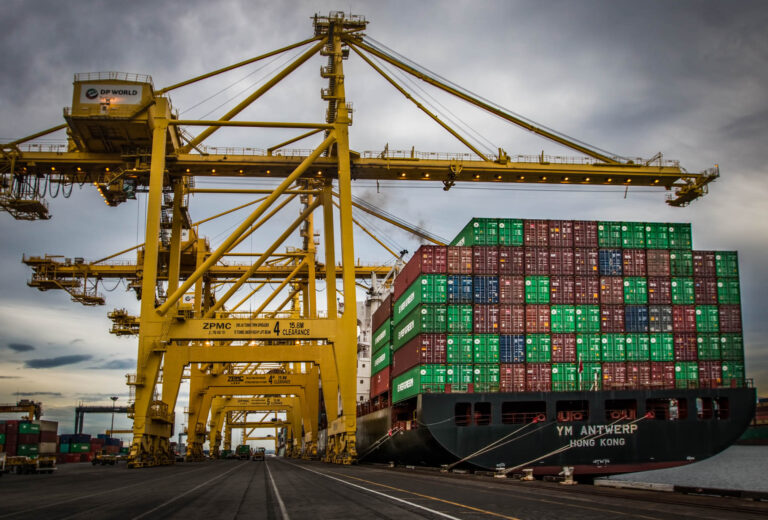

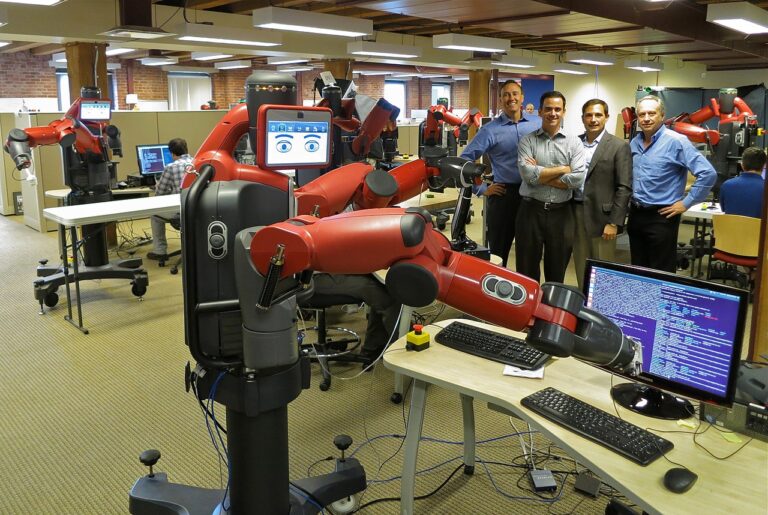
Daily News & Commentary
Start your day with our roundup of the latest labor developments. See all
December 11
House forces a vote on the “Protect America’s Workforce Act;” arguments on Trump’s executive order nullifying collective bargaining rights; and Penn State file a petition to form a union.
December 8
Private payrolls fall; NYC Council overrides mayoral veto on pay data; workers sue Starbucks.
December 7
Philadelphia transit workers indicate that a strike is imminent; a federal judge temporarily blocks State Department layoffs; and Virginia lawmakers consider legislation to repeal the state’s “right to work” law.
December 5
Netflix set to acquire Warner Bros., Gen Z men are the most pro-union generation in history, and lawmakers introduce the “No Robot Bosses Act.”
December 4
Unionized journalists win arbitration concerning AI, Starbucks challenges two NLRB rulings in the Fifth Circuit, and Philadelphia transit workers resume contract negotiations.
December 3
The Trump administration seeks to appeal a federal judge’s order that protects the CBAs of employees within the federal workforce; the U.S. Department of Labor launches an initiative to investigate violations of the H-1B visa program; and a union files a petition to form a bargaining unit for employees at the Met.